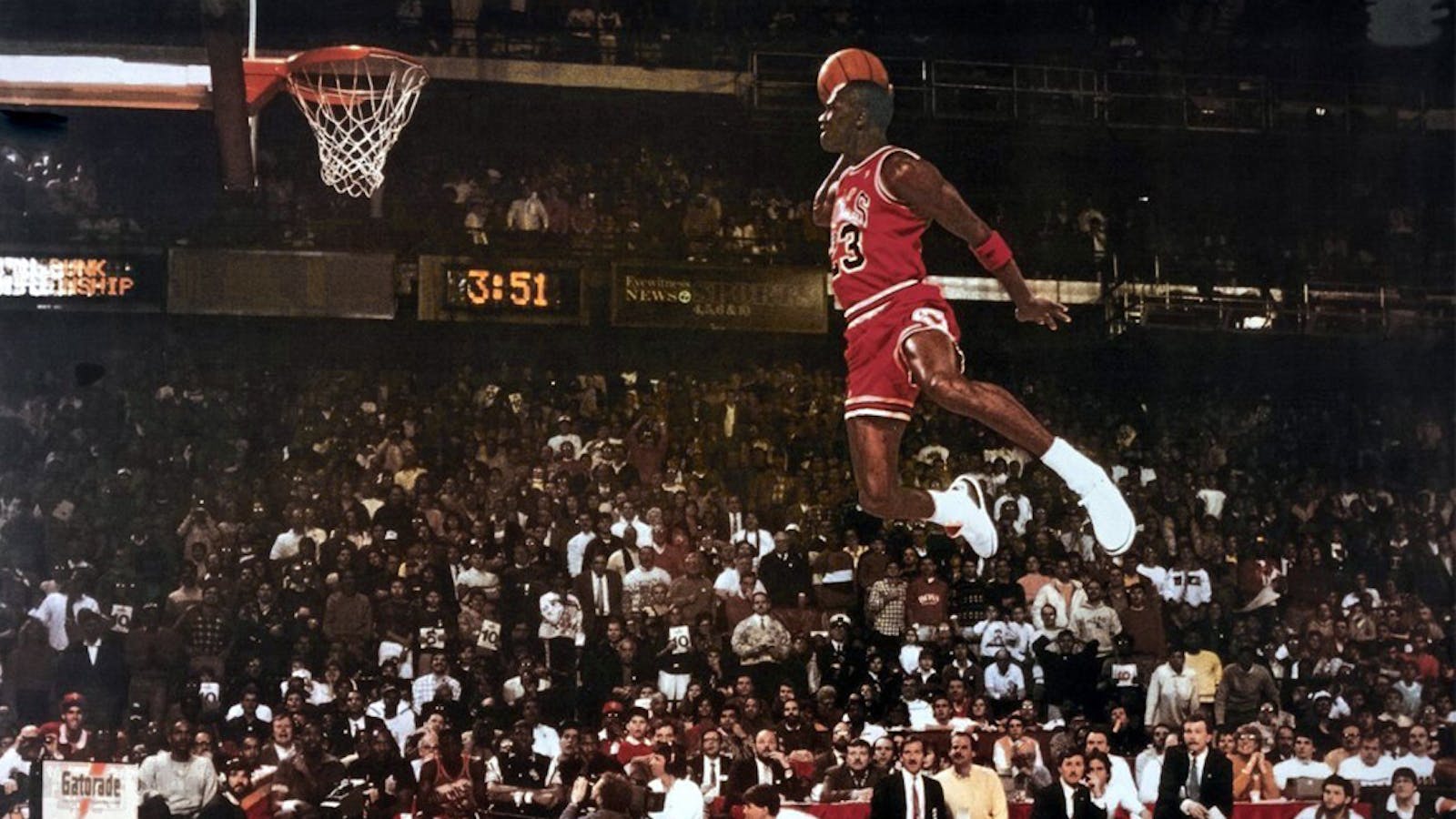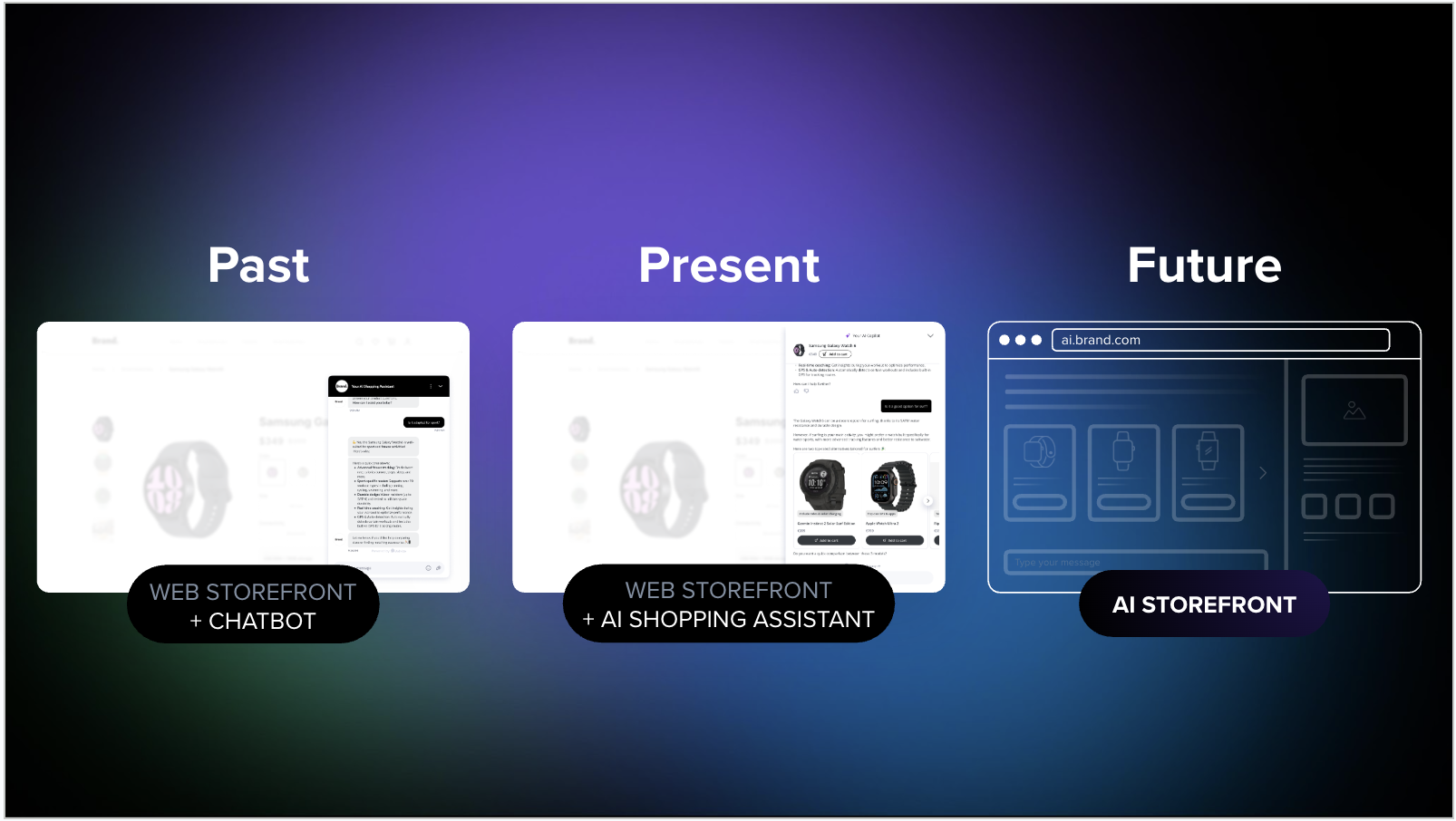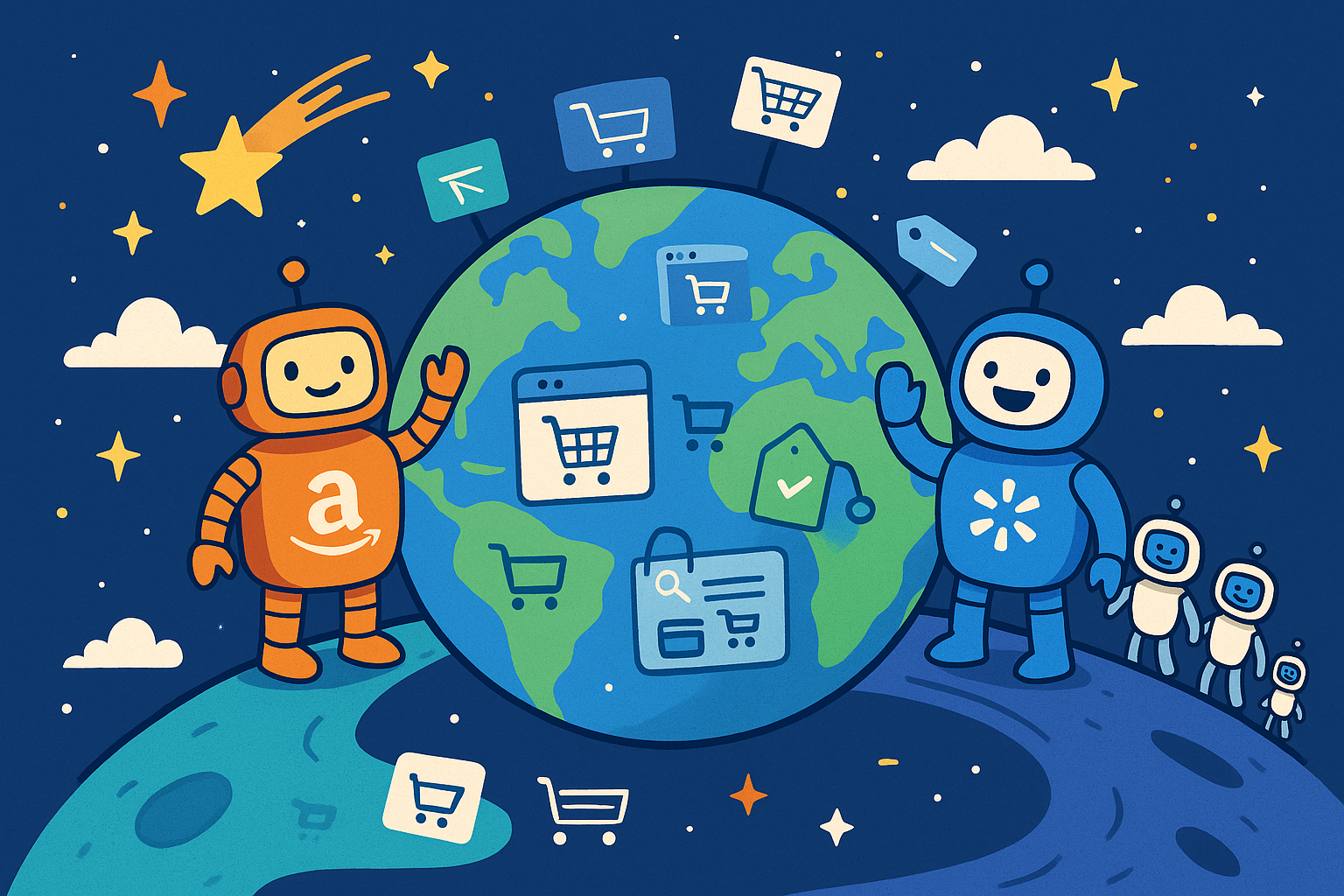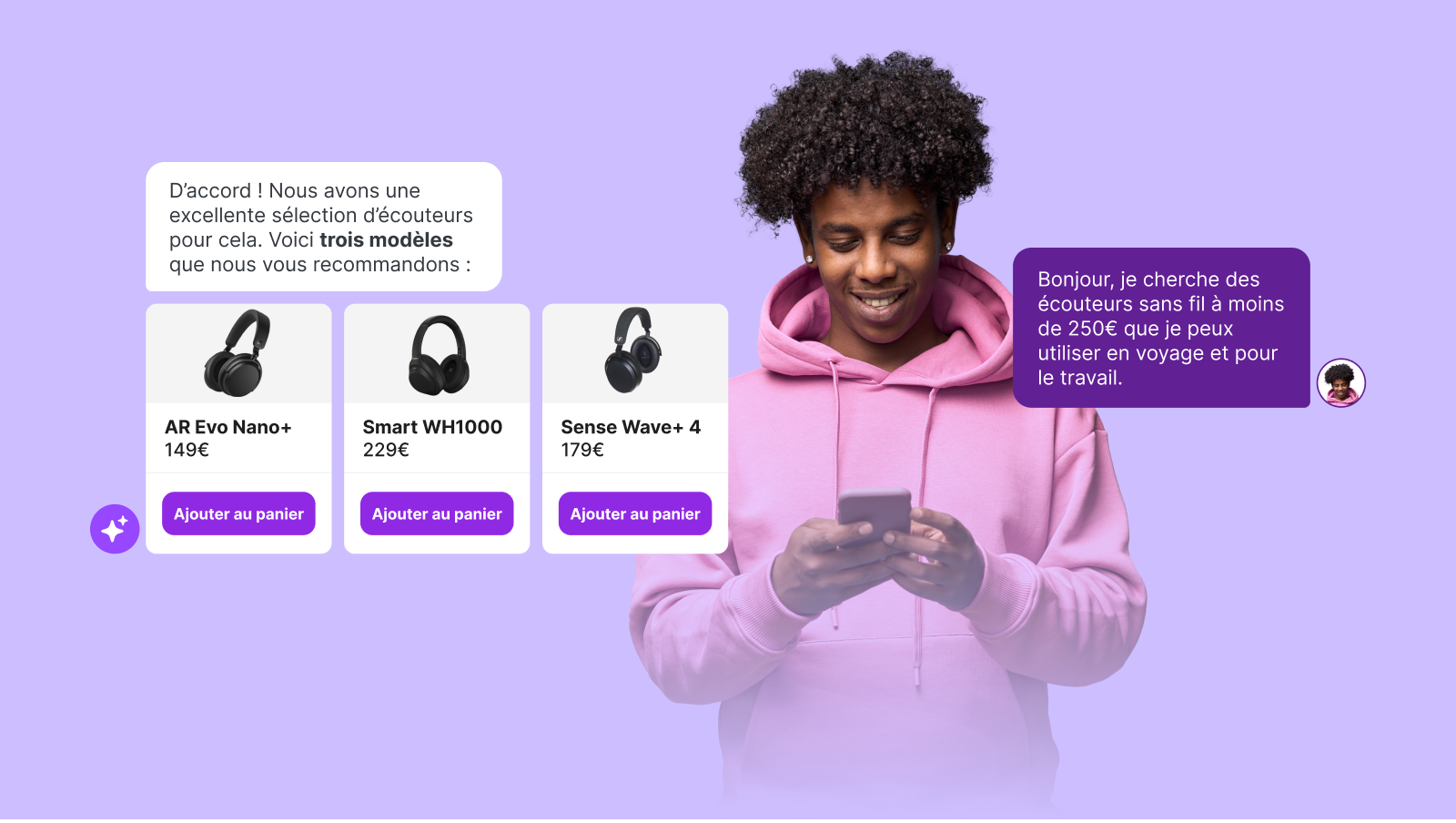E-commerce & Sports Gear: Engaging With Sports Enthusiasts?
iAdvize

The sport industry is one of the most competitive and intense industries for businesses. According to a Statista study, the value of sports goods in eCommerce sales was more than 7.84 billion U.S. dollars in 2013, up from almost 6.25 billion U.S. dollars in 2012. More recently, 42% of 55 to 64 year olds purchased clothes or sports goods, the most popular category purchased online in 2015¹. Social Media, connected objects, mCommerce and many other digital innovations provide new opportunities for the sports goods’ industry. Distributors, sporting goods manufacturers and sports clubs now have to face the strong competition. To do so, they use new and innovative technologies. Let’s take a look at this market, its characteristics and the up-coming trends in engaging connected sports enthusiasts.
Distributors Now Understand the Importance of E-commerce
The increasing number of sales channels amplifies the competition.
There is already a great amount of physical stores selling sports gear. These shops are being subjected to increasing competition from online sales. These past few years, the market has been disrupted by specialized pure players likeDick’s sporting goods, or generalists like Amazon or Rakuten. During the third quarter of 2015,Dick’s sporting goods‘ online sales grew by nearly 18%². Therefore, selling sports goods online represents a huge potential market. Physical stores like Decathlon have understood this and have gone down that road.
In 2015, the number of Decathlon customers increased by 5% (+4,5% in stores and +21,5% on their eCommerce website).Decathlon
Distributors must seize emergency purchases and strengthen their community approach.
According to OpinionWay’s survey, 60% of consumers buying sports gear consider that they buy new products out of necessity rather than desire. Therefore, because they need the item quickly, consumers are in a rush and have little time. Indeed, 19% of respondents spend less than a day between the beginning of their research and the purchase itself and 42% of respondents spend less than a month.
Thus, it is essential for brands to engage with those who are in a rush to purchase early on in their browsing and via digital channels. This is the best moment to engage with these people by providing online customer service. Prospects often think that they will only get this personalized service and vendor expertise in physical stores.If you don’t offer online visitors support, they are more likely to leave your website and go to the competition. Moreover, because in the eCommerce world, there is strong focus on logistics and profitability, distributors often forget the social aspect of a sale, which is more important now than ever before. However, the fault does not lie with the distributors only. There are few social media platforms really capable of helping brands make this human connection and create an online community.
What distributors can learn from sport goods manufacturers and sports clubs.
Sports clubs and sporting goods manufacturers have also understood the importance of digital innovations³. For example, connected objects were used during the Sotchi 2014 Olympic Winter Games to analyze and measure athletes’ performance. Smart helmets have already been designed for the NFL but they could be transformed for other sports to help keep athletes in good shape and avoid accidents. Now, the social and community aspects are key elements in the sports industry. Fans can comment on sporting events in live, post their training results and photos. These consumers will seize any opportunity to get recognition and “instant” glory. Sporting goods manufacturers and sports clubs have realized this and now have a strong presence on social and community channels. Their objective is to nurture their community as they recognize that their community represents a huge potential. According to a eDigital research study, 62% of consumers have already or would be prepared to answer questions within a community chat and 90% of shoppers research a product on the eCommerce website where it is being sold.
Engaging with their audience via social media can help businesses from the sports industry to connect with customers and prospects during tournaments. Fans comment in real-time on what is happening. Wimbledon Twitter mentions keep growing according to the Telegraph. “The size and engagement rates of Wimbledon’s social fan base creates a great opportunity for partners to access potential new and existing customers. Indeed, collaborative social media activation in an authentic and non-promotional way should engage far more than traditional advertising and provide a better ROI”, according to Max Barnett, Repucom’s Head of Digital (UK&I). It’s what we call a “second screen”: when fans use a mobile device while watching a game on television. Fans comment the game and follow the game’s statistics on a second screen, their mobile device.
Convergent Needs: Gather All Interactions Together
The distributors’ objective: attract, retain and nurture the community.
The web is a gold mine of information for the online consumer and it therefore, represents a unique opportunity for brands to convert shoppers on the look-out into customers. In a context of strong competition and with consumers constantly comparing offers, it is important for your business to capture the interest of your visitors online, as soon as they start looking for information about a product right up until they actually buy it. It is especially interesting for consumers who are out to buy sporting goods. Indeed, they are very active on social media and very passionate about the sector.
The objective for sports clubs and sporting goods manufacturers: meet the high expectations of fans by handling a multitude of channels simultaneously.
As previously seen, sporting goods manufacturers and sports clubs stay ahead when it comes to communicating with their customers. To go one step further, Nike, for example, has a Facebook page for each sporting discipline. This way, their customers have a dedicated space to talk about their favorite sport. Above all, Nike has created a Twitter account dedicated to customer service. It creates a close connection with its customers⁵.
How to handle conversations on your e-commerce website, social media, and other channels simultaneously?
Brands have to make sure they centralize all their social media accounts and real-time contacts within one single tool. Also, they have to focus on their community experience. Their challenge is to prioritize people who really need and who will most benefit from help.
For example, the Paris Saint Germain eCommerce shop has implemented a behavioral targeting strategy to avoid generic questions that are not directly related to the shop, about the club for example. This way, most of the questions are about the products and the chat agents engage with visitors in the product selection phase. Exchanges take place when the visitors are on the basket pages and in the checkout funnel. Customer experience is all the more positive as visitors find a solution within one single response, in situations during which they would not have picked up the phone.
Sources:
¹ 5 facts about online retail sales in the UK – Office for National Statistics
² Dick’s Sporting Goods posts nearly 18% growth in Q3 web sales – Internet Retailer
³ The 5 Most Important Ways Technology Forever Changed Sports in 2014 – Sport Techie
⁴ The importance of social media in sport – The Telegraph
⁵ How Nike Uses Social Media – Link Humans

.png)
.png)





